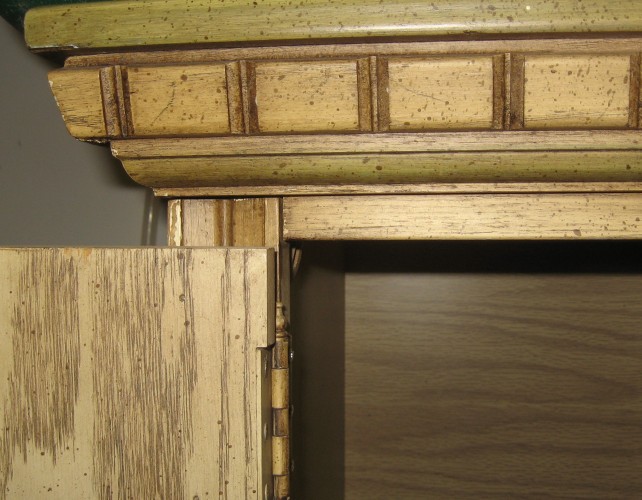
Here are a few of the many sources of indoor air pollution in any home. These include combustion sources such as oil, gas kerosene, oil and wood which could be used as a source for cooking, but most likely heating. We all know that smoking inside creates pollutants. There are construction or building materials used when our homes were built that are not healthful to indoor air quality such as asbestos-containing insulation.
Pressed wood is explained by U.S. EPA as: “this faux wood is like the hotdog of timber products, taking bits and pieces of logs and whatnot and combining them together. Pressed wood products also include particle board, fiberboard and insulation, and paneling which were particularly popular for home construction in the 1970s.” Pressed wood is used today in furniture and cabinetry.
It is the glue that holds the wood particles in place in pressed wood that can create problems for people. Some products use urea-formaldehyde as a resin, and the U.S. EPA estimates that this is the largest source of formaldehyde emissions indoors, with levels increasing in hotter, more humid conditions.
If you live in an older home with pressed wood paneling or insulation, the good news is that it releases less formaldehyde as it ages. Using a dehumidifier and air conditioning to keep the indoor environment temperate can help. Today, pressed wood products also are more closely regulated to reduce formaldehyde emissions.
How much is emitted and how hazardous it is matters
The relative importance of any single source depends on how much of a given pollutant it emits and how hazardous those emissions are. In some cases, factors such as how old the source is and whether it is properly maintained are significant. For example, an improperly adjusted gas stove can emit significantly more carbon monoxide than one that is properly adjusted.
Some emissions are continuous, others are intermittent
Some sources, such as building materials and furnishings, release pollutants more or less continuously. Other sources, related to activities carried out in the home, release pollutants intermittently. These include smoking or the use of unvented or malfunctioning stoves, furnaces, or space heaters. High pollutant concentrations can remain in the air for long periods after some of these activities.
You can have healthier indoor air. Open the windows frequently to air out your home and reduce the concentration of pollutants.


